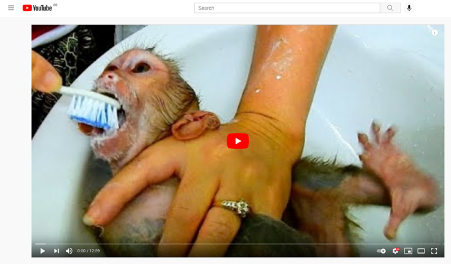Macaques
Project Introduction
Macaques in Indonesia are not protected by law. Their population continues to decline owing to hunting and exploitation for entertainment such as topeng monyet (masked monkey.) Street performances involving these monkeys can be found in most large cities in Indonesia. The monkeys are caught from the wild and suffer terrible cruelty during the ‘training’ period to learn the tricks they are then forced to perform. They go on to lead a horrific life of mental and physical abuse to earn money for their captors.
IAR’s team in Bogor assists with the rehabilitation and release of macaques rescued from the trade in topeng monyet.
Human-macaque conflict
IAR’s Patrol Team in Bogor is part of a Task Force set up in West Java to mitigate and manage conflict between macaques and humans (HMC.) The team consists of the Jakarta BKSDA, urban area managers, student groups, volunteers and the IAR Patrol Team.
The team conducts patrols in areas with high potential for conflict and also monitors wild macaque populations in their natural habitat in Jakarta – in Muara Angke Wildlife Reserve and the Protected Forest of Angke-Kapuk. Macaques from these two reserves often enter residential areas nearby to find food. The monkeys are often fed by local residents or by tourists visiting the area which alters their behaviour and can make them aggressive or dependent on humans. This often leads to conflicts around Muara Angke and Angke-Kapuk. The monkeys start rifling through people’s rubbish in search of food and even enter their homes which can be frightening.
In support of our efforts to mitigate HMC, IAR’s team carries out awareness-raising and educational activities in the local community and with influential stakeholders there. People are taught not to buy and keep macaques as pets (particularly because of the risk of zoonosis and illegal hunting) and not to feed wild macaques. We also provide information about the important ecological role macaques play in the natural environment.
Sign Our Petition
Animal cruelty content has become an out-of-control problem on the internet as social media platforms such as YouTube, Facebook and TikTok appear to be largely indifferent and ineffective. And sadly, primates (especially Macaques) make up a large percentage of these cruel videos. As a member of the Social Media Animal Cruelty Coalition, we have investigated this issue in the ‘Making Money From Misery’ report and we are calling on these social media giants to take definitive steps to stamp out this horrifying trend once and for all.

-
Top Macaque Facts
Long-tailed macaque (macaca fascicularis) also known as the Crab-eating macaque
- Probably the most successful primate species in Southeast Asia (apart from Homo sapiens.) Found in a wide range of habitats including primary and secondary forest, mangroves, plantations and the outskirts of towns and villages. Its success is largely owing to a varied diet of fruits, leaves, small mammals and birds, shellfish and crabs, as well as various insects and human leftovers.
- Identified by its extremely long tail, the shape of the muzzle and its grey-brown or reddish-brown colour. Its tail is longer than its height from head to rump.
- It has a noisy, aggressive temperament. Individuals sometime travel in large troops of up to 30.
- The species ranges from Indochina, Southern Thailand and Peninsular Malaysia to Sumatra, Java, Borneo and the Philippines. In Singapore it is the commonest primate.
- Lifespan: 15-30 years
- Weight: 3-9kg
- Size: 38-55cm
- Population trend: currently decreasing
- Population status: Least Concern (LC) on the IUCN Red List.
- Most births occur in May-July after a gestation period of 162 days.
- Females give birth to one infant and the baby is nursed until it is slightly over a year old.
Southern pig-tailed macaques (macaca nemestrina)
- Like the long-tailed macaque, the pig-tailed macaque enjoys a varied diet of fruit, seeds, young leaves, shoots, fungus and insects, while crabs, nesting birds and other invertebrates are also an important source of nutrition. The pig-tailed macaque competes with other primate species for fruit which forms 74% of its diet.
- The pig-tailed macaque is aptly named after its hairless, curly tail. It has a wide chest, narrow hips and golden brown colouring.
- The species has a wide range throughout South East Asia. Pig-tailed macaques can be found in North Eastern India, Southern China, Indonesia, Eastern Bangladesh, as well as in Burma, Thailand, Laos, Cambodia and Vietnam. They are also found in Malaysia.

